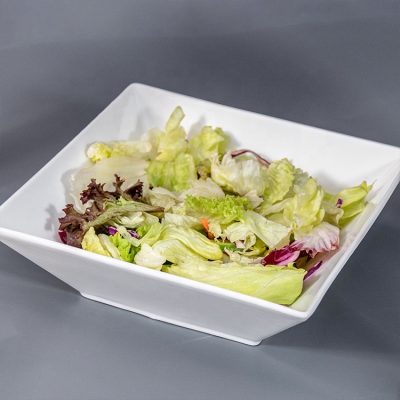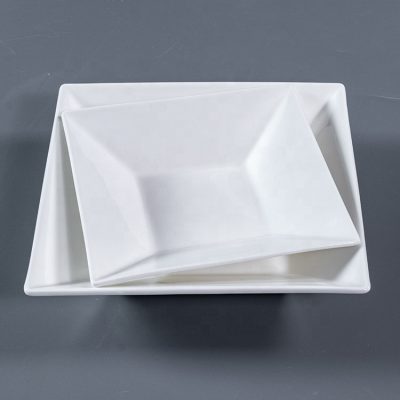1. blue and white
Porcelain glaze name. A special name for blue-flowered porcelain on a white background. Typical blue-and-white wares use cobalt materials to depict patterns on the china, and then apply a transparent glaze, which is fired at a high temperature. The blue flower is under the glaze, so it is an underglaze color.
The characteristics of blue and white porcelain are bright, fresh, elegant, generous, highly decorative, and never fade, so it is cherished by people at home and abroad; The blue-and-white porcelain is generally blue-flowered porcelain on a white background, and later, it also includes white-flowered porcelain on a blue background.
2. Dou Cai
It is a variety that combines various colors of underglaze blue and white, underglaze red and overglaze. Doucai was created and burned in the Chenghua period of the Ming Dynasty. It is a decorative variety that combines underglaze (blue and white) and overglaze colors. Example: Ming Chenghua Doucai Chicken Cup.
Doucai is characterized by both static and dynamic, with sharp contrasts, which are both elegant and grand. This decoration has shown a wealth of expressiveness and its character.
3. Underglaze red
Also known as underglaze red, it originated from the purple-red spotted glaze of Junyao in Song Dynasty. It can be decorated alone, or it can be used in combination with blue and red materials (this decoration is called blue and white underglaze red), and the underglaze red color is stable and thick.
Traditionally in China, red is often used to represent auspiciousness and wealth, and the color of red in the glaze is stable, honest, magnificent and simple. These are all factors that are deeply loved by people. After firing, it is characterized by composure and enthusiasm.
4. Pastel
Also known as “gucai”, it is a variety of overglaze colors. The so-called on-glaze color is to paint on the glazed surface of the fired plain utensils, and then bake them in a flower oven at a temperature of 600-900 degrees Celsius. my country’s traditional on-glaze color, in the 52nd year of Kangxi in the Qing Dynasty (1713), the official kiln masters, under the inspiration and influence of enamel color, introduced the opaque white color material of copper enamel, and learned from enamel in craftsmanship The preparation technique of multi-color gradation of color has created a new variety of “pastel” on-glaze color.
In fact, when homeowners choose ceramic bowls and dishes, they will consider different categories, methods of use and design techniques. You can look at the main categories of ceramic bowls and choose them according to the needs of family life. In addition, you can pay more attention to some simple maintenance methods in the follow-up, and prepare for cleaning every day, and the quality of use will be higher.






















